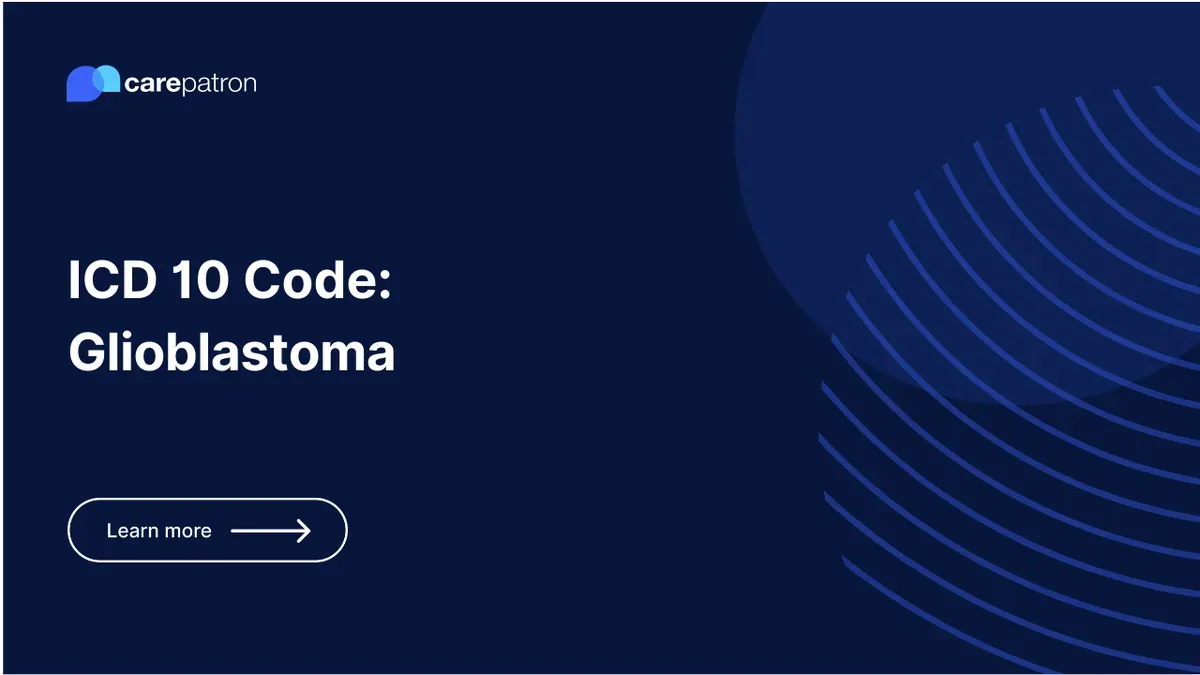
Glioblastoma ICD-10-CM Codes | 2023
Discover the ICD-10 codes for glioblastoma, a malignant brain tumor. Learn about the specific codes used to classify and diagnose this condition.
Use Code
Commonly asked questions
Treatment options for glioblastoma typically include surgery, radiation therapy, and chemotherapy. Sometimes, a combination of these treatments is used to target the tumor.
There are ongoing clinical trials for glioblastoma that explore new treatment approaches and experimental therapies. Participating in clinical trials can provide access to innovative treatments and advance knowledge in the field.
Glioblastoma has a high likelihood of recurrence, even after treatment. The exact risk of recurrence varies, but it is an important consideration, and close monitoring is necessary.
EHR and practice management software
Get started for free
*No credit card required
Free
$0/usd
Unlimited clients
Telehealth
1GB of storage
Client portal text
Automated billing and online payments
